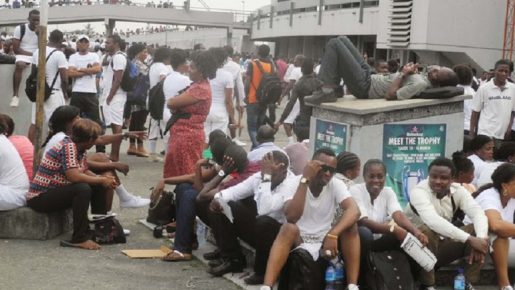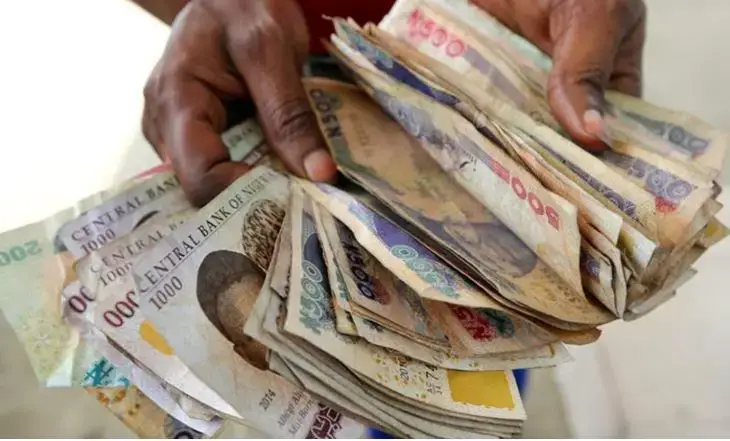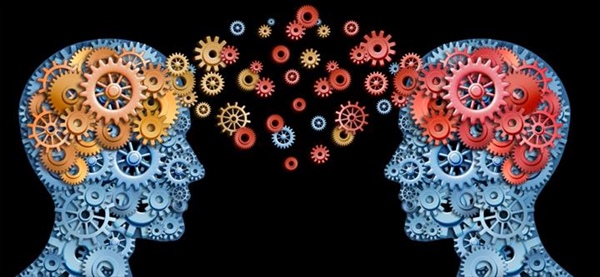Unemployment rate, organized labor and a cadre of experts have articulated their dissatisfaction with the recently unveiled labor data, casting doubts on the accuracy of the reported unemployment rate pegged at 4.2%. Their contention centers around the assertion that this figure does not accurately mirror the prevailing economic realities, prompting skepticism about the utility of the National Bureau of Statistics’ (NBS) data for effective planning.
According to the NBS, Nigeria’s unemployment rate witnessed a marginal increase from 4.1% in the first quarter of 2023 to 4.2% in the second quarter. This disclosure emerged from the ‘Nigeria Labour Force Statistics Report Q2 2023,’ released by the Bureau. However, critics argue that the methodology employed by the NBS, particularly its definition of employed persons as individuals who have worked for at least one hour in the last seven days, fails to capture the nuanced and complex nature of contemporary employment scenarios.
The NBS defends its approach, citing a revised methodology introduced in August aligned with International Labour Organisation (ILO) guidelines. Despite this, concerns persist, especially regarding the reported unemployment rate among youth aged 15 to 24, which increased to 7.2% in Q2 2023. Critics argue that these statistics are incongruent with the ground reality, with independent research suggesting a significantly higher youth unemployment rate of over 60%.
The Nigeria Employers’ Consultative Association (NECA) contributes to the chorus of skepticism by highlighting the closure and divestment of over 15 organizations in the past three years, collectively impacting more than 20,000 employees. This, they assert, adds to the overall job losses in the country.
The Nigeria Labour Congress (NLC) takes a firm stance against the NBS data, with the Assistant General Secretary, Chris Onyeka, urging a reevaluation of the unemployment rate. He contends that, based on independent research, the actual unemployment rate in Nigeria stands at a staggering 33.3%, with youth unemployment exceeding 60% and general unemployment surpassing 35%. Onyeka emphasizes the need for the government to address macroeconomic challenges and acknowledges the potential link between high unemployment rates and an increase in criminal activities.
Adding an academic perspective, a professor of economics at the Lagos Business School (LBS), Bongo Adi, challenges the NBS position by suggesting that it implies an unemployment rate below the natural rate. He explains that the natural rate of unemployment, typically around 5%, accounts for the transitional period when individuals move between jobs, experiencing structural unemployment due to technological shifts and skill gaps. Adi asserts that the reported rate below the natural rate is nonsensical, undermining the validity of the NBS data.

Unemployment rate
Dr. Tommy Okon, Deputy President of the Trade Union Congress of Nigeria (TUC), calls for innovative government policies to attract investors and create a conducive environment for industries. He aligns this with the Renewed Hope Agenda of President Bola Tinubu, emphasizing the need for a clear-cut policy direction to address the perpetual job deficit in Nigeria.










